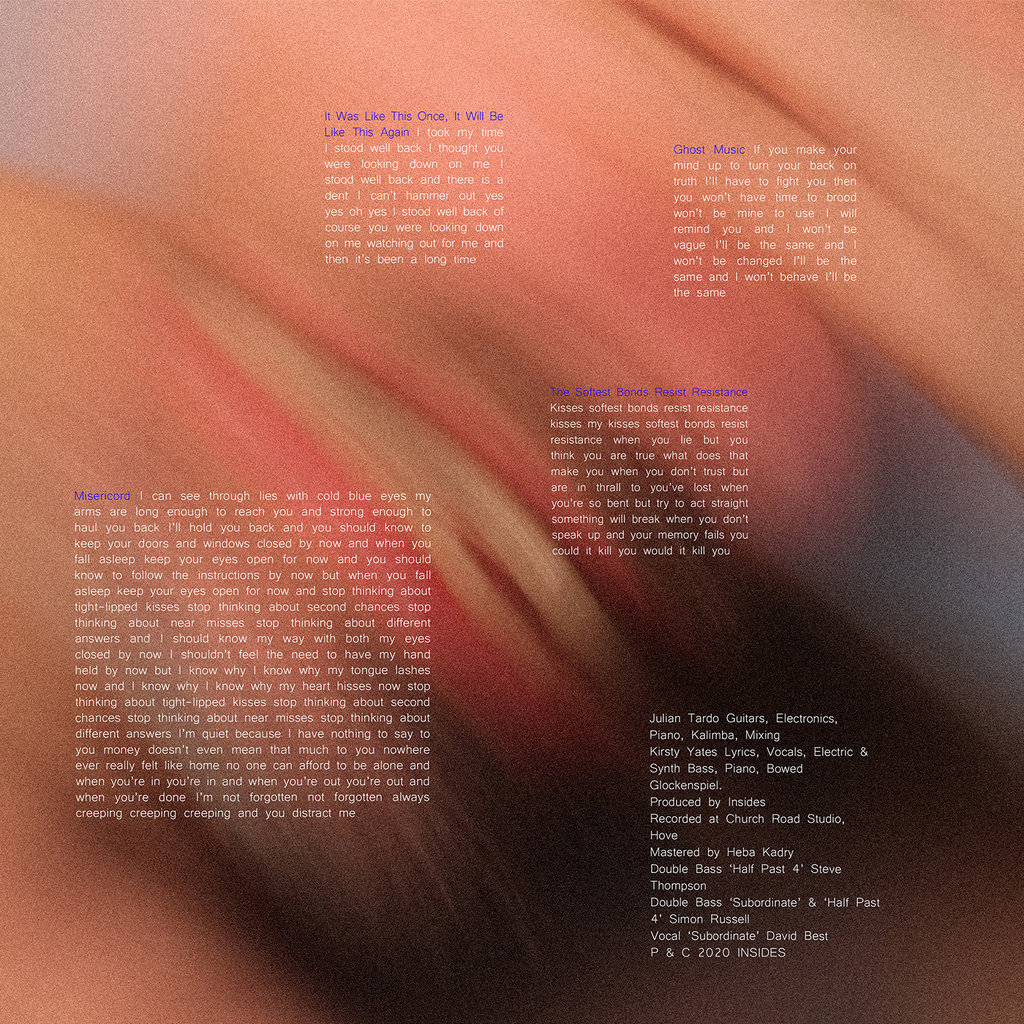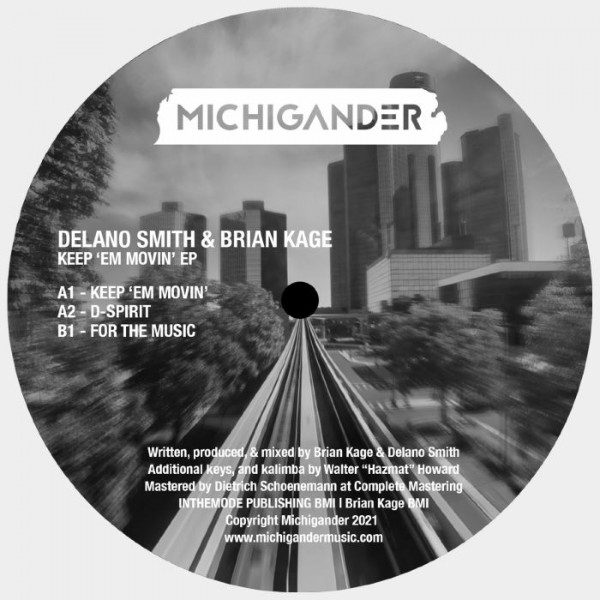Kalimba songs are melodic pieces of music played on the african thumb piano. The instrument is known for its soothing qualities and unique sound.
Kalimba, also known as mbira or african thumb piano is a percussion instrument famous for its unique sound and soothing qualities. Playing the kalimba is not only relaxing but also a great way to express oneself through music. This instrument originated in africa and has been passed down from generation to generation.
It consists of metal tines installed on a wooden board that is plucked with the thumbs. The kalimba has gained popularity worldwide, with many artists incorporating it into their music. In this article, we will explore some of the best kalimba songs and the history and significance of this instrument in african culture.

Credit: daily.bandcamp.com
What Is Kalimba?
Kalimba Songs
Kalimba is a musical instrument that originated from africa thousands of years ago. It was first made with simple materials such as bamboo and plant stalks before evolving into the modern version we know today. Kalimba is also known as a thumb piano, mbira, or a likembe.
We will delve deeper into the definition of kalimba, its brief history, cultural significance, and uses.
Definition Of Kalimba And Brief History
Kalimba is a percussion instrument that consists of a wooden board with metal tines of varying lengths attached to it. The player plucks the tines with their thumbs or fingers to produce various notes and melodies. Kalimba has a distinct sound that is soothing and has made it popular worldwide.
The thumb piano originated in africa, mainly in zimbabwe, where it was called the mbira. The mbira was used for many purposes such as healing, divination, and communication with ancestors. Over time, different ethnic groups across the continent developed their own versions of the instrument.
Today, kalimba has become a popular instrument globally, and its popularity can be attributed to its unique sound, portability, and ease of use.
Discussion Of Its Cultural Significance And Uses
Kalimba has immense cultural significance in african societies, where it has been used for centuries. Here are some of the main cultural uses of kalimba:
- Kalimba is used in religious rituals and ceremonies to invoke spirits and communicate with ancestors, especially in zimbabwe.
- In many african societies, kalimba is used in initiation ceremonies to teach young people about their cultures, values, and traditions.
- Kalimbas are often decorated with intricate designs, which represent the cultural heritage and beliefs of the people who make them.
Beyond its cultural significance, kalimba has various practical uses in modern times. Here are some of the instrumental uses of kalimba:
- Kalimba is widely used in contemporary music genres, such as jazz, pop, and world music. Its unique sound is well-suited for slow melodies and harmonies.
- Kalimba studio recordings are popular for relaxation, meditation, and natural soundscapes that evoke peaceful feelings.
- Kalimbas are portable and easy to carry, making them ideal for travelers, campers, and hikers who want to enjoy music on-the-go.
Kalimba is a unique and versatile musical instrument that has a rich history and cultural significance. Its soothing sound and portability make it popular among people worldwide. Whether you are looking to explore its cultural heritage or experiment with new sounds, kalimba is worth trying.
Importance Of Music In Soothing The Mind
Overview Of The Power Of Music In Providing Relaxation And Reducing Stress
Music has a significant impact on our emotions and well-being. Listening to music, especially the right genre, can help us relax and unwind after a long and stressful day. It helps in regulating the breathing rate, heartbeat, and blood pressure, which in turn calms our body and mind.
Research has shown that music can stimulate the release of endorphins, the hormones that trigger a positive feeling in our brains.
Here are some key points to note:
- Music can have a significant impact on our emotions and well-being.
- The right genre of music can help us relax and unwind.
- Music helps in regulating our heartbeat, blood pressure, and breathing rate.
- Listening to music helps in stimulating positive hormones that make us feel good.
Scientifically Proven Benefits Of Listening To Music
Research has highlighted the numerous psychological and physiological benefits of listening to music. In fact, music is used as therapy in treating mental health conditions like anxiety and depression. Some of the scientifically proven benefits of music include:
- Improved quality of sleep
- Increased dopamine levels
- Decreased cortisol levels (stress hormones)
- Boosted immune system
- Improved mood and positivity
- Enhanced productivity and creativity
Explanation Of How Kalimba Music Is Particularly Effective In Soothing The Mind
Kalimba music, also known as thumb piano music, is famous for its melodic and calming effect. This traditional african instrument has numerous soothing tones that can have a profound impact on our mental and emotional health. The unique combination of soothing melodies and percussion sounds has a way of creating a relaxing ambiance that is perfect for meditation, yoga, and mindfulness practices.
Below are some of the reasons why kalimba music is particularly effective in soothing the mind:
- The melodic and rhythmic patterns of kalimba music create a peaceful and calm atmosphere.
- The repetitive nature of the instrument’s sound is hypnotic and helps in inducing a meditative state.
- Kalimba music has a healing effect that can help in reducing anxiety and stress levels.
- The soothing tones of the kalimba can also help in promoting a good night’s sleep.
Music is a powerful tool that can help us in reducing stress and promoting relaxation. Kalimba music, in particular, has a unique soothing effect on the mind, body, and soul. Its calming melodies, rhythmic patterns, and hypnotic sounds make it a perfect choice for anyone seeking to calm their mind and unwind after a long day.
Frequently Asked Questions Of Kalimba Songs
What Is A Kalimba Instrument Used For?
A kalimba instrument is used to produce beautiful melodies. It is a small portable instrument, also known as a thumb piano, which is perfect for beginners who want to learn how to play music.
How Do I Play Kalimba Songs?
Playing kalimba songs is easy. You start by pressing the tines with your thumbs and pluck them with your fingers to produce a melody. With practice, you can produce beautiful sounds that will impress everyone around you.
What Are Some Popular Kalimba Songs To Learn?
Some popular kalimba songs to learn include “river flows in you” by yiruma, “hallelujah” by leonard cohen, and “a million dreams” from the greatest showman. You can also search for others on youtube tutorials.
Can I Play Kalimba Songs On Other Instruments?
Kalimba songs can be played on other instruments like the piano or guitar. However, playing kalimba songs on a kalimba instrument creates a unique and authentic sound that adds character to the music.
How Do I Tune My Kalimba Instrument?
To tune your kalimba instrument, use a tuner or an online tuner tool. Use a screwdriver to turn the screws at the bottom of each tine to adjust the pitch until you get the desired sound. Be careful not to over-tighten the screws.
Conclusion
The journey of discovering kalimba songs has been nothing but delightful. The unique timbre and versatility of the kalimba combined with the sheer amount of creative possibilities, makes it the go-to instrument for beginners and experts alike. From classic tunes to modern hits, the instrument has carved a niche for itself in the music industry and has gained a substantial following across the globe.
It’s impressive how kalimba has found a sweet spot in different genres, including pop, jazz, and classical music. And as we explored in this article, the internet is teeming with endless kalimba tabs and tutorials to make learning and playing this instrument more accessible.
Kalimba is an excellent instrument that provides endless creative possibilities and can be played by anyone, anywhere, at any time.













